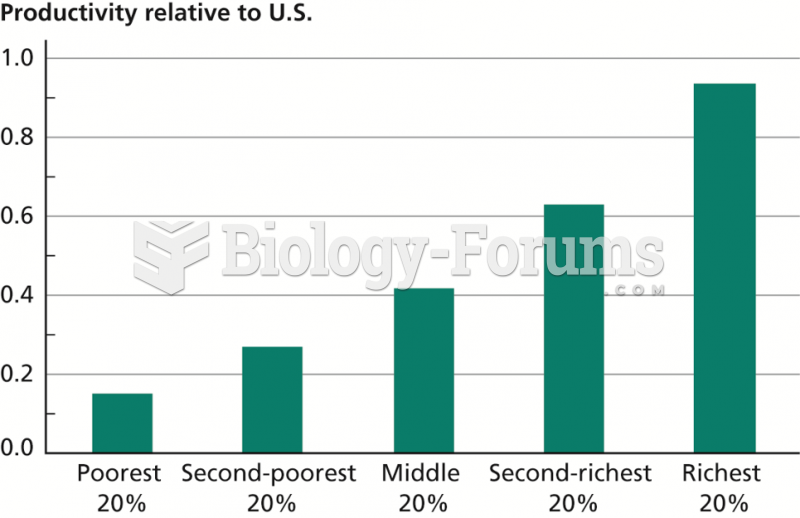|
|
|
Asthma cases in Americans are about 75% higher today than they were in 1980.
Nearly 31 million adults in America have a total cholesterol level that is more than 240 mg per dL.
Vaccines prevent between 2.5 and 4 million deaths every year.
The top 10 most important tips that will help you grow old gracefully include (1) quit smoking, (2) keep your weight down, (3) take supplements, (4) skip a meal each day or fast 1 day per week, (5) get a pet, (6) get medical help for chronic pain, (7) walk regularly, (8) reduce arguments, (9) put live plants in your living space, and (10) do some weight training.
The modern decimal position system was the invention of the Hindus (around 800 AD), involving the placing of numerals to indicate their value (units, tens, hundreds, and so on).







